Revolutionizing Winter Sports: The Latest Innovations in Ski Goggles
The world of winter sports is undergoing a technological transformation, with ski goggles at the forefront of innovation. From goggles with power to magnetic lens systems, manufacturers are pushing the boundaries to enhance visibility, comfort, and performance on the slopes. In this article, we explore the latest advancements, including clear ski goggles, helmet-compatible designs, and specialized snow machine goggles, that are changing the game for skiers and snowboarders worldwide.
1. Goggles with Power: The Future of Augmented Reality on the Slopes
One of the most groundbreaking developments in recent years is the introduction of goggles with power—smart goggles equipped with augmented reality (AR) displays. Companies like Oakley, Zeal Optics, and Recon have pioneered heads-up display (HUD) technology that overlays critical information directly onto the lens.
These high-tech goggles can display:
(1).Real-time speed and altitude metrics
(2).Navigation assistance (highlighting optimal routes)
(3).Weather updates and storm alerts
(4).Bluetooth connectivity for calls and music
“The integration of AR in ski goggles is a game-changer,” says Mark Reynolds, a professional skier and tech enthusiast. “It allows athletes to stay informed without breaking focus, improving both safety and performance.”
However, some traditionalists argue that these gadgets may distract from the pure experience of skiing. Despite the debate, the market for powered goggles is projected to grow by 30% in the next five years.
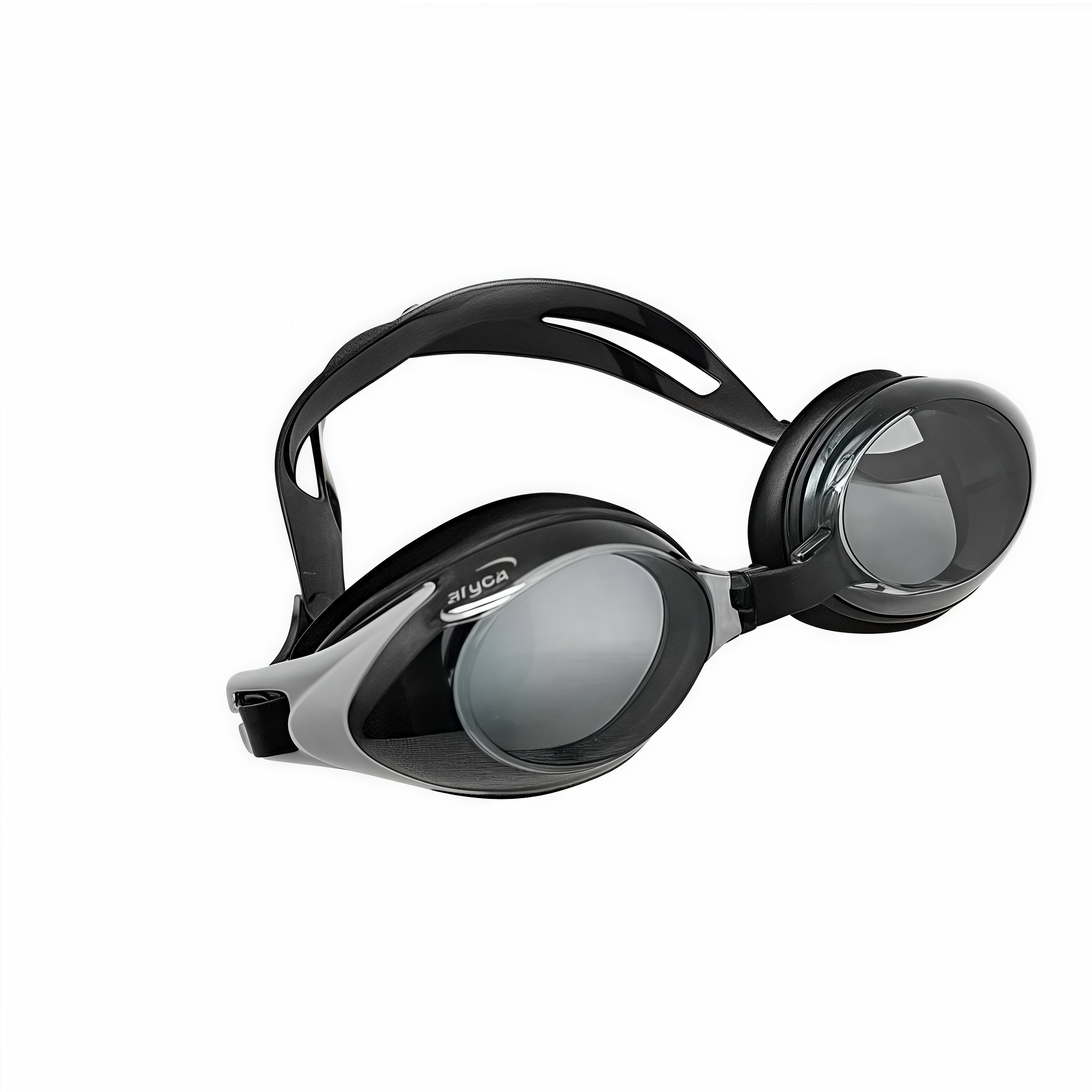
2. Clear Ski Goggles: Perfect for Low-Light Conditions
While tinted lenses are great for sunny days, clear ski goggles have gained popularity for their versatility in low-light and night skiing conditions. Brands like Smith, Bolle, and Anon now offer ultra-clear lenses with anti-fog coatings, ensuring crisp vision even in heavy snowfall or overcast weather.
“I used to switch lenses constantly depending on the light,” says Sarah Chen, a backcountry guide in Colorado. “Now, with high-definition clear goggles, I get consistent visibility without needing multiple lenses.”
These goggles also feature:
(1).Enhanced contrast to reduce eye strain
(2).Hydrophobic coatings to repel moisture
(3).UV protection despite the lack of tint
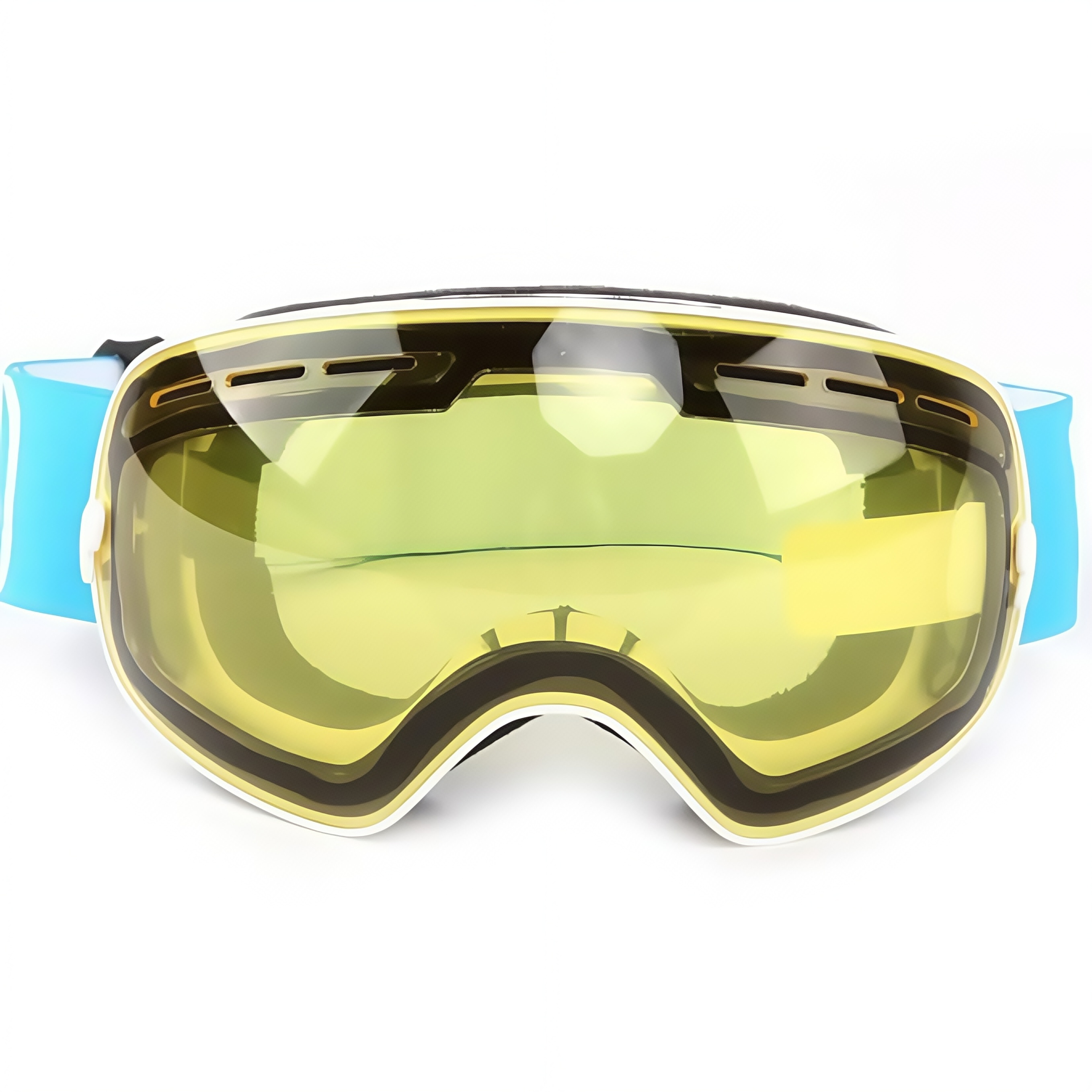
3. Ski Goggles with Helmet: Seamless Integration for Safety
Another major trend is the rise of ski goggles with helmet integration. Traditional goggles often leave gaps between the helmet and the frame, allowing cold air and snow to seep in. Modern designs now feature:
(1).Clip-on magnetic attachments for a secure fit
(2).Adjustable straps that lock into helmet slots
(3).Ventilation systems that align with helmet airflow
“The synergy between goggles and helmets has improved drastically,” says Jake Miller, a product designer at Giro. “Skiers no longer have to deal with uncomfortable pressure points or fogging caused by poor airflow.”
Brands like POC, Smith, and Salomon are leading the charge, with some models even offering built-in camera mounts for action sports enthusiasts.
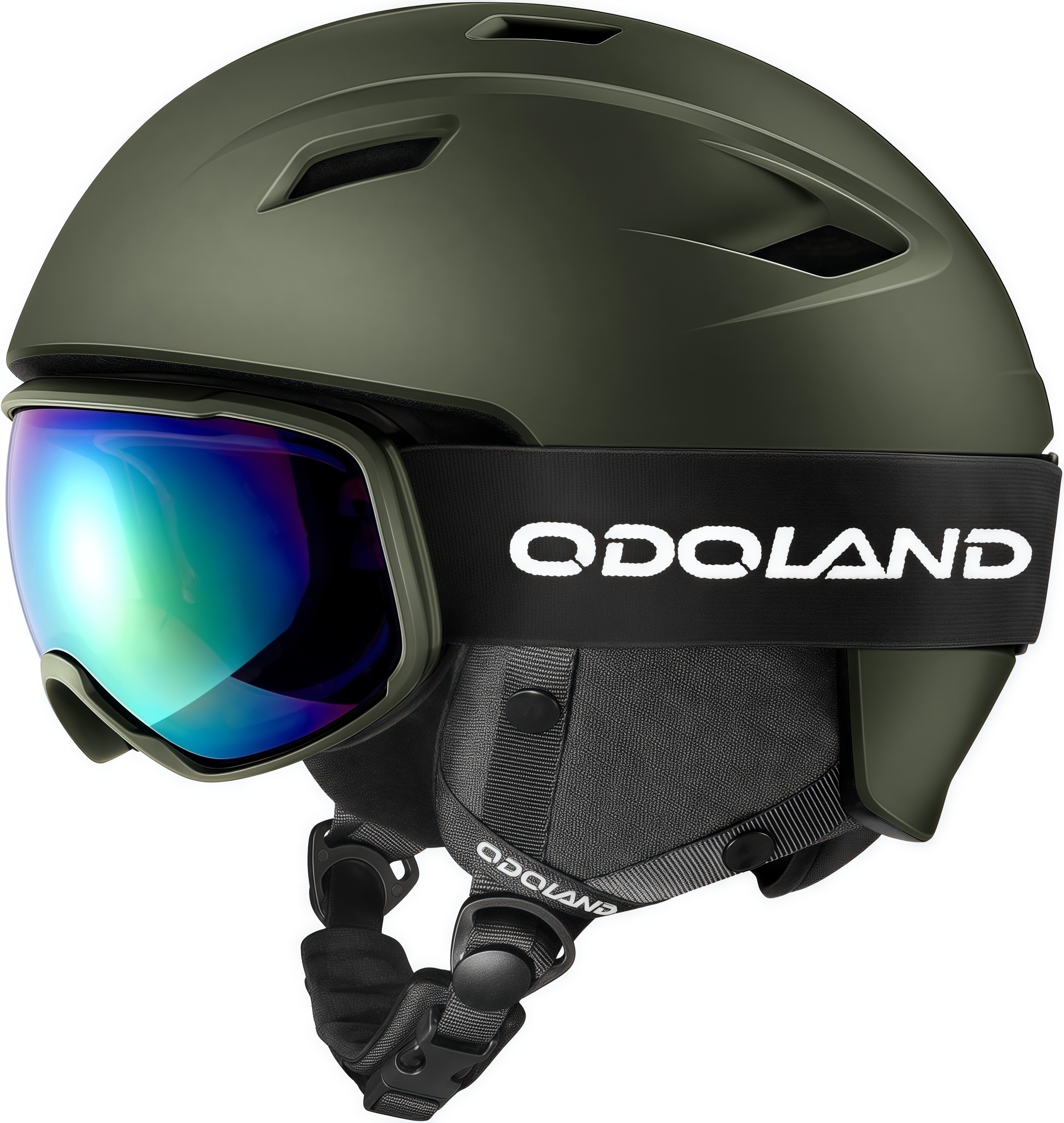
4. Goggles Magnet: The Quick-Change Lens Revolution
Swapping lenses mid-ski used to be a hassle—until goggles magnet technology arrived. Magnetic lens systems, popularized by brands like Electric and Spy, allow users to switch lenses in seconds without removing their gloves.
Key benefits include:
(1).No more fumbling with clips or levers
(2).Secure hold even in high winds
(3).Compatibility with multiple lens types (polarized, photochromic, etc.)
Professional snowboarder Liam Carter praises the innovation: “During competitions, light conditions can change rapidly. With magnetic goggles, I can adapt instantly without losing momentum.”
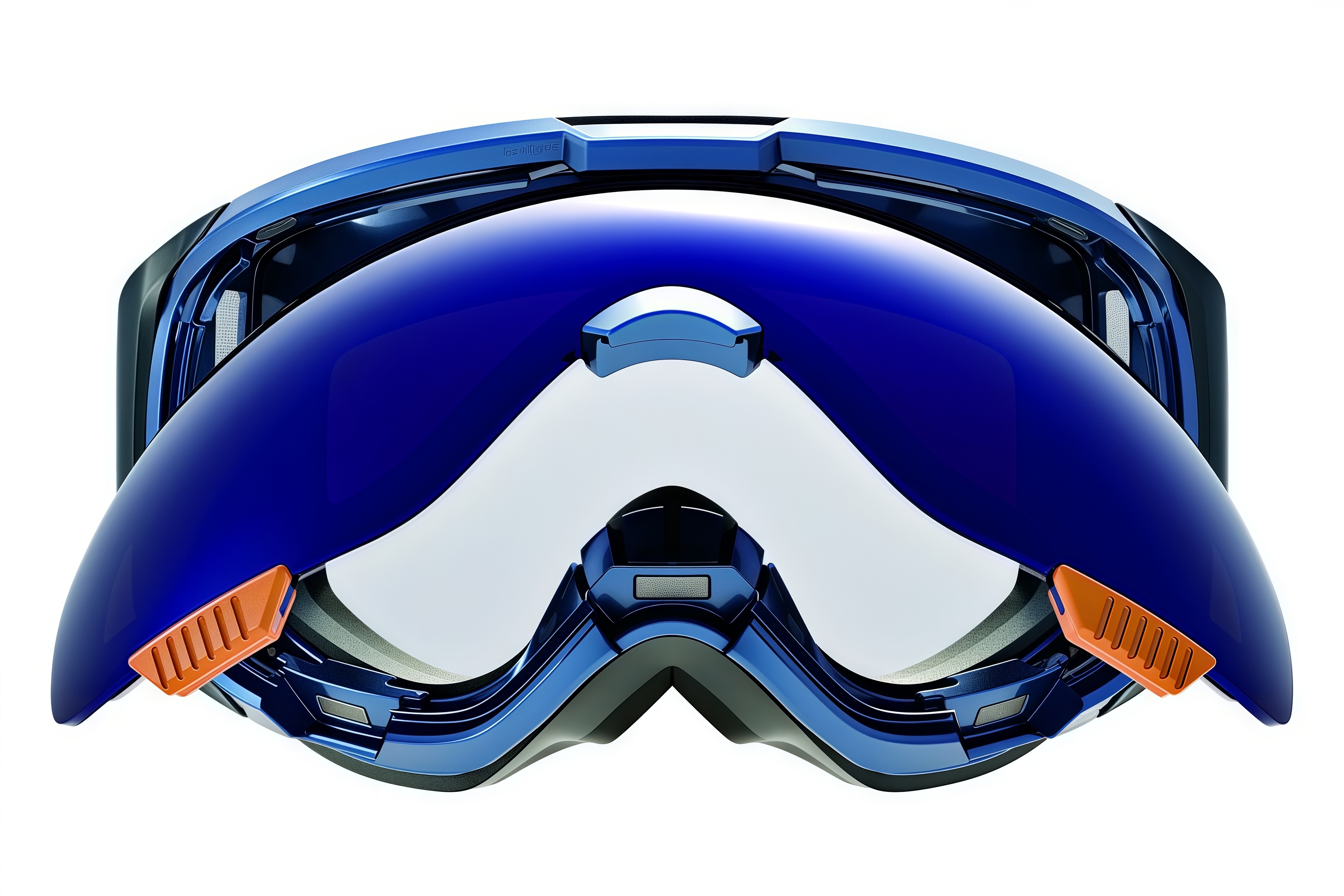
5. Snow Machine Goggles: Essential for Artificial Slopes
As indoor skiing and snow parks gain popularity, snow machine goggles have emerged as a must-have accessory. Unlike traditional goggles, these are designed to handle the unique challenges of artificial snow, which tends to be wetter and more abrasive.
Features include:
(1).Extra-durable lenses resistant to scratches from ice pellets
(2).Enhanced anti-fogging for temperature-controlled environments
(3).Tighter seals to keep out artificial snow particles
“Indoor ski resorts have different lighting and snow conditions,” explains Emma Rodriguez, a trainer at Ski Dubai. “Having goggles optimized for these environments makes a huge difference in performance.”
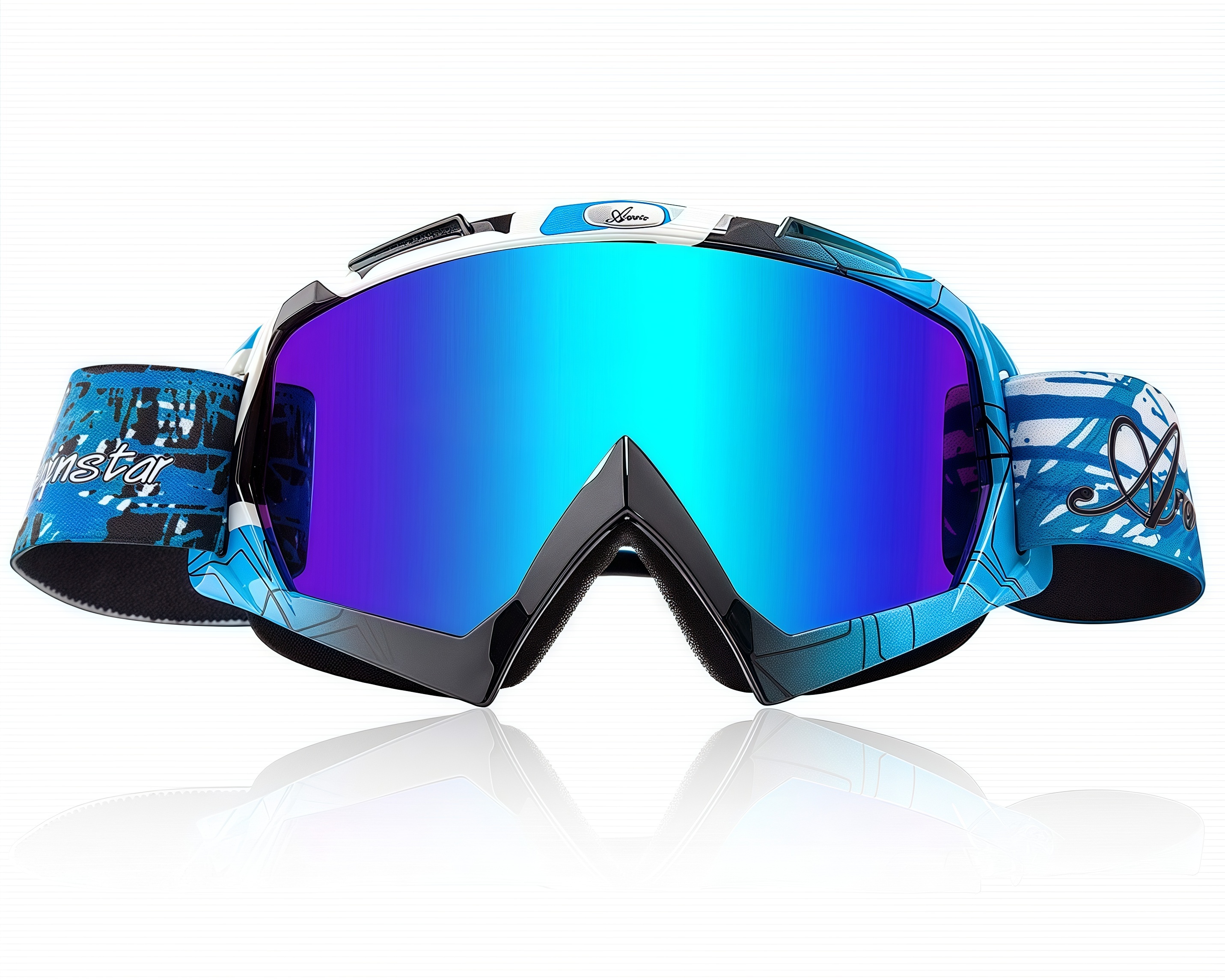
Conclusion: A New Era of Skiing Technology
From powered AR goggles to magnetic lens systems, the ski goggle industry is evolving at an unprecedented pace. Whether you’re a professional athlete or a weekend warrior, these innovations promise better visibility, comfort, and convenience on the mountain.
As winter sports continue to embrace technology, one thing is clear: the future of skiing and snowboarding looks brighter—and sharper—than ever.


